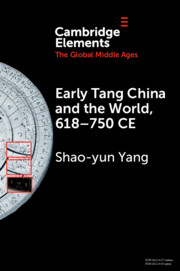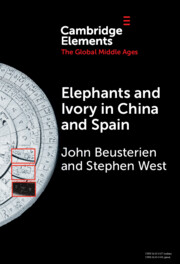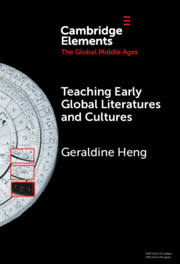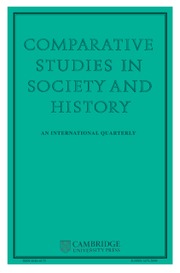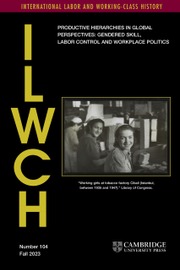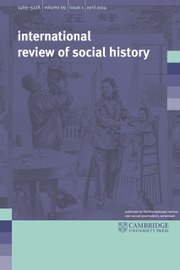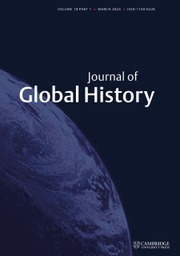Early Tang China and the World, 618–750 CE
For about half a century, the Tang dynasty has held a reputation as the most 'cosmopolitan' period in Chinese history, marked by unsurpassed openness to foreign peoples and cultures and active promotion of international trade. Heavily influenced by Western liberal ideals and contemporary China's own self-fashioning efforts, this glamorous image of the Tang calls for some critical reexamination. This Element presents a broad and revisionist analysis of early Tang China's relations with the rest of the Eurasian world and argues that idealizing the Tang as exceptionally “cosmopolitan” limits our ability to think both critically and globally about its actions and policies as an empire.
Product details
May 2023Adobe eBook Reader
9781009214605
0 pages
This ISBN is for an eBook version which is distributed on our behalf by a third party.
Table of Contents
- Introduction
- 1. The Fall of the Sui Dynasty
- 2. The Tang Dynasty and the Fall of the Eastern Türk Khaganate
- 3. Taizong's Empire (630–649)
- 4. Expansion in Central Asia and Korea (650–670)
- 5. A Concatenation of Frontier Crises (670–700)
- 6. Southern Frontiers and Maritime Trade (to ca. 750)
- 7. Tang China and the Buddhist World (to ca. 750)
- Conclusion: Thinking Critically and Globally About the 'Cosmopolitan' Tang.

